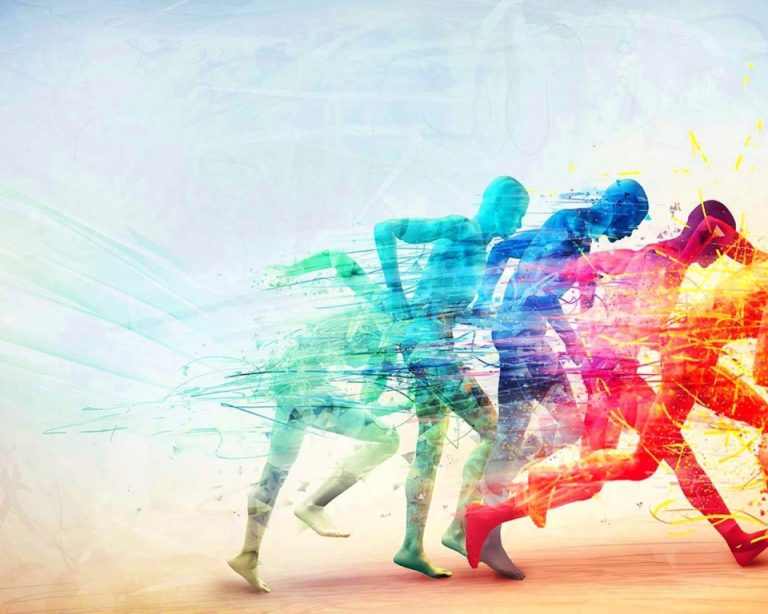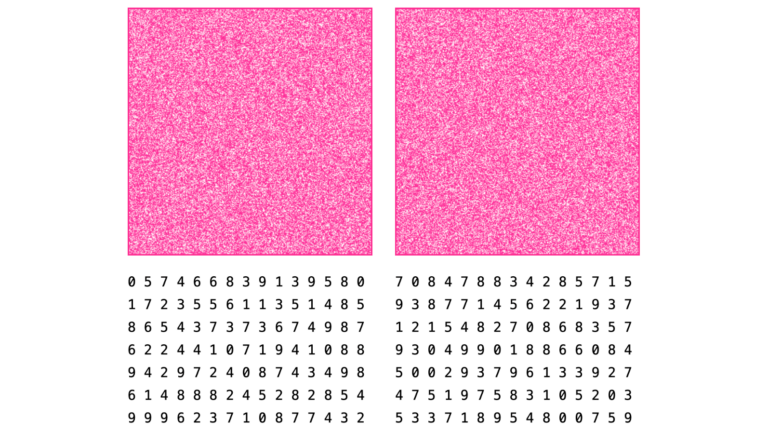Psychology of Color in Web Design. The Impact of Color Solutions on User Perception
At first glance, the importance of colors in design may seem overrated, but this aspect cannot be ignored – colors affect us on a subconscious level. More than 85% of people are visual by their psychotype, for whom the visual channel of perception of information is the main one. Therefore, the right choice of color scheme for a site can significantly affect the emotions and behavior of users.
Understanding the psychology of color is an important tool for designers and marketers. The perception of color in design is subjective. What one person finds delightful may be offensive to another. This generally demonstrates how colors can influence people’s emotions, behavior, and perceptions, and how different shades can affect their mood and reactions.
The Most Used Colors in Web Design and Their Psychological Impact.
– Red. Associated with energy, passion, and urgency, red attracts attention and can stimulate action. It is often used in call-to-action buttons.

– Blue. Inspires a sense of trust, calm and professionalism. Blue is often used on corporate websites and platforms of organizations providing financial or legal services, where user confidence in the reliability and stability of the company is important.

– Green. Symbolizes nature, health, and harmony. Green is often used on sites related to ecology, health, and well-being. It also evokes a sense of calm and relaxation.

– Yellow. Associated with joy, energy and optimism. Yellow attracts attention and stimulates mental activity. However, it should be used with caution, as its excessive use can cause a feeling of anxiety.

– Orange. Combines the energy of red and the positivity of yellow. Orange is used to create a sense of friendliness and enthusiasm. It is also effective for call-to-action buttons, especially for online stores.

– Purple. Associated with luxury, creativity, and spirituality, purple is used to create an image of elegance and exclusivity. It is often found on fashion, art, and beauty related websites.

– Black and white. Black symbolizes strength, elegance, and mystery, while white helps focus attention on the main content and design elements. Black is often used to create contrast. White is used to create a sense of transparency and openness, which helps establish trust with users.

Color wheel and color harmony
The color wheel helps create effective color palettes. It is a 360-degree wheel that includes primary, secondary, and tertiary colors. Let's take a closer look at them:
– Primary colors. These are the basic colors of the color wheel, such as blue, red, and yellow. They are the foundation for creating secondary and tertiary colors.
– Secondary colors. These are colors obtained by mixing primary colors. For example, green, orange and violet. Orange is obtained by mixing yellow and red, green – blue and yellow, violet – blue and red.
– Tertiary colors. These are colors created by mixing primary and secondary colors. Examples of tertiary colors include purple, lime green, and lemon yellow.

Using Color in Web Design
The correct use of color in web design can significantly increase the effectiveness of a site. Let's look at several key aspects where color psychology plays a decisive role.
– Navigation and structure. Color helps users navigate the site by highlighting important navigation and structure elements. For example, using contrasting colors for menus and buttons improves their visibility and accessibility.
– Attracting attention. Color accents are used to highlight key elements such as call-to-action buttons, important messages, or offers. Red, orange, and yellow are often used for this purpose.
– Creating an atmosphere. The color palette of a website forms its overall mood and atmosphere. For example, calm pastel colors create a sense of peace, while bright and saturated colors create a sense of energy and dynamics.
– Branding. Colors play an important role in brand identification and image formation. Well-chosen color combinations help to create a memorable and recognizable brand that evokes certain associations in users.
Color is a powerful tool in a web designer’s arsenal. Understanding the psychology of color and being able to apply this knowledge in practice allows you to create more attractive and effective websites. Each color carries certain associations and emotions. Proper use of this knowledge helps achieve your goals and create impressive visual solutions. Web design based on the principles of color psychology can not only attract users’ attention, but also retain it, providing a positive experience of interaction with the site.





